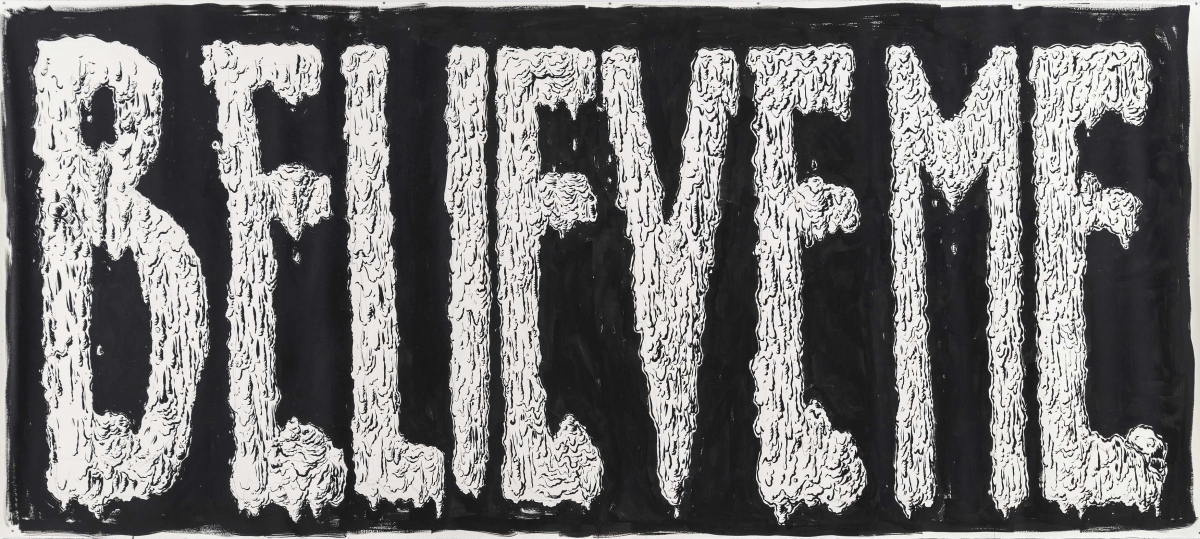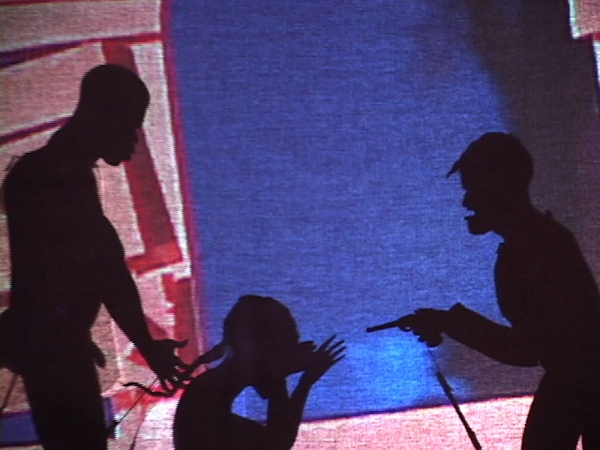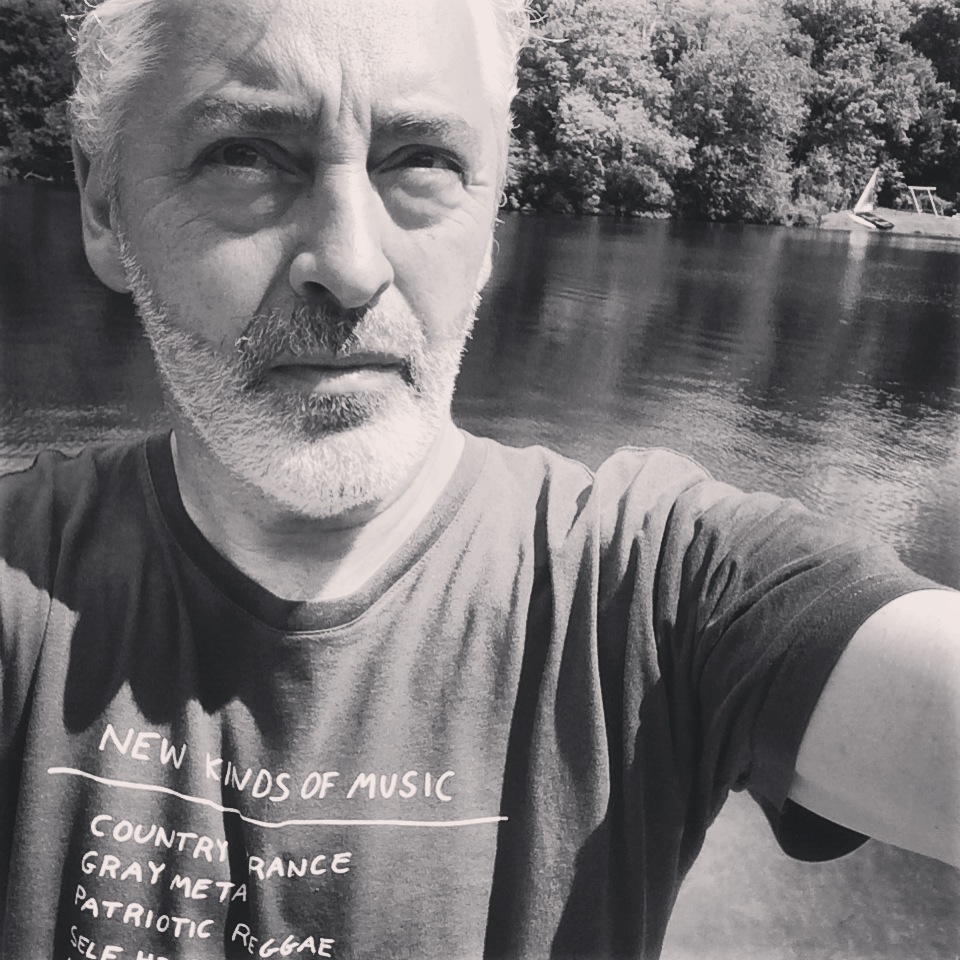
I cannot believe that even the most devout American fascist has not danced or punched their fist in the air to a song created by African American musicians; at a prom, at a frat party or a wedding. "1999" by Prince, "Rock n Roll" by Chuck Berry, "Nutbush City Limits" by Ike and Tina Turner. Black music is an ever-present treatise on American life.
In the new season of New York galleries, Kara Walker, Sanford Biggers and Mark Thomas Gibson are Black American artists who "Keep on Pushing."*

Sanford Biggers' show, SELAH is up until October 21, 2017 at Marianne Boesky Gallery, 507 West 24th Street, NY. He mixes African and American themes. The show is made up of found quilts and other fabric sewn together forming delicate and seductive "paintings." Other pieces jam on the floor with mixed materials and African statues or sprawl across the wall. (Overstood, image left.) He riffs on retro '70s soul band '60s black consciousness tropes in the way hip hop uses them. Not for any historical or geographical imperative, but looking for a hook. It's not how Korean American artists, mix their two parts together because this equation is unnaturally weighted. For many, particularly young people, African American culture is American culture.
Kara Walker is showing at Sikkema Jenkins and Co, 530 West 22nd Street through October 14th. She has made black ink drawings and large scale paintings. There is one of the large cut out silhouette pieces that she is well known for.
She's an artist with a public face and a message that cuts a good deal deeper than her contemporaries. Since her first show at Wooster Gardens she's made savagery against the black body social and the black body politic her subject. The slave camps of the South were death camps where people were treated worse than cattle. The cotton processing slave owners preferred to restock their fund of labor through the slave ships, rather than through breeding, as the tobacco industry did in Virginia and Carolina. Many died in the fields. This pitiless attitude still prevails there and most of the worst treatment of black people by the police and in the prisons occurs in the Southern States.
With the silhouettes it worked. They seemed to have been put together in 'Illustrator' for maximum graphic impact. In the new show she creates free-flowing, fleshed-out figures in space that rely on her drawing skill to cast light, make space, perspective and dimension. The references from Americana and art history are all there but doesn't have the chops; she's no Robert Colescott. I came to get down, but sat it out and listened to the lyrics (which are still powerful by the way).

Mark Thomas Gibson is showing at Fredericks Freiser Gallery, 536 West 24th Street through October 24th. His paintings and drawings are of the current political moment. Riot police banners and flags, protest and Trump. He ghost writes in the style of the golden age EC comics. Tales From The Crypt and The Vault of Horror. He's not quite 'doing' Wally Wood or Joe Orlando. But the angular use of flatter than flat color and the arch and complex compositions make up for any lack in his Goth Horror line. In this work America judders from the shockwaves as The MAGA White Dwarf becomes a supernova.
A disproportionate amount of attention has been focused on the behavior of African Americans. They've been scapegoated and feted; copied and pilloried. But the unrepresentative focus has been used by the black, brown and tan community to allow their take on American society to get a spotlight. Consequently the larger group -- the white working classes -- have become envious. Some would say that the current President is their revenge for the election of Barack Obama.
New Black Art is not going to make them feel any better. It's angry and militant and at the same time beautiful and desirable. Black artists appropriate the way hip hop does. They strip the found elements back to the bone, set them off against a simple background and then riff on the theme the way Lauren Hill rhymes or John Coltrane wails. But looking and listening aren't the same; when the party's over and the band's gone home the painting still keeps going on and on and on.
*"Keep On Pushing" by The Impressions (featuring Curtis Mayfield) -- was adopted by Martin Luther King as an anthem of the civil rights movement.

